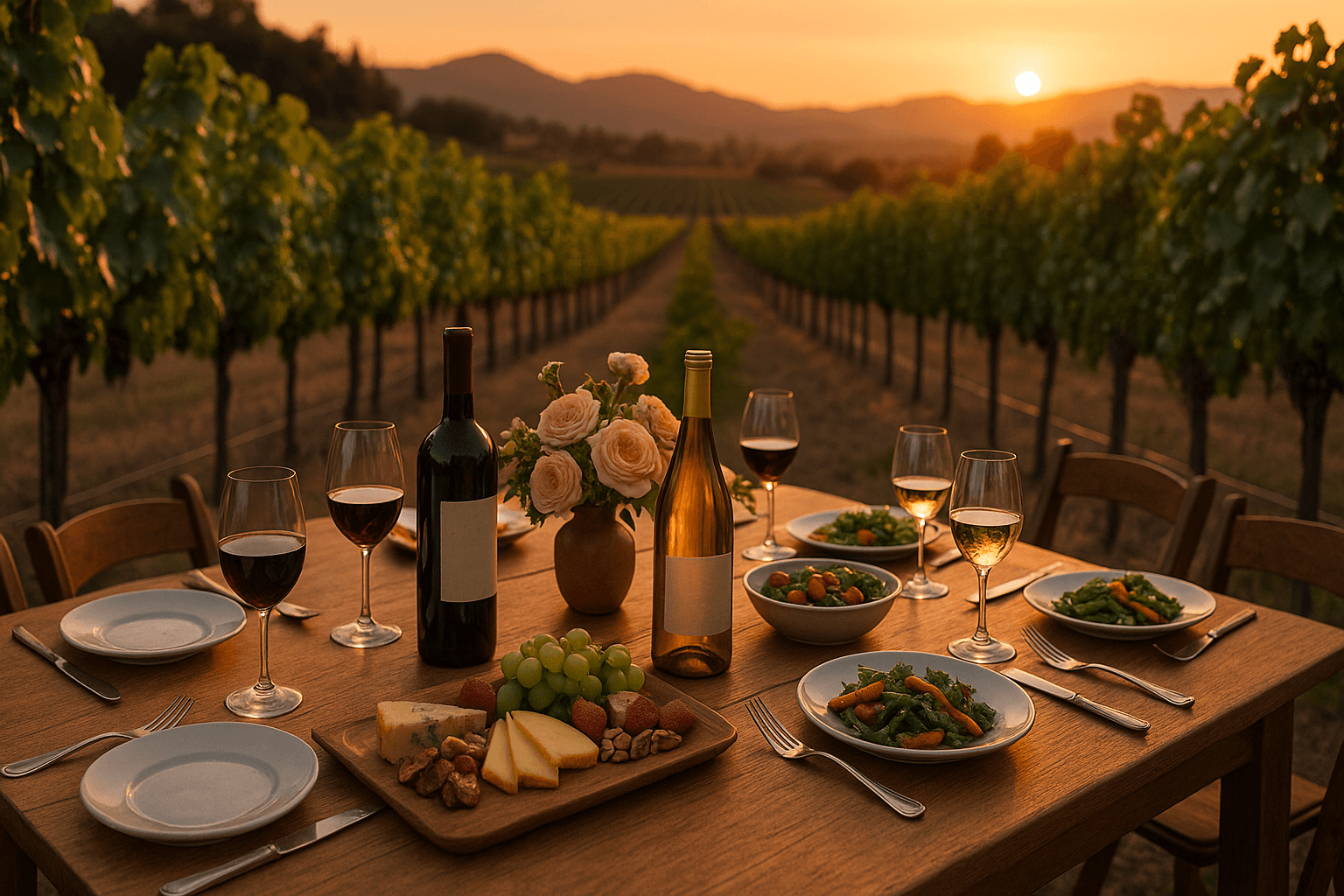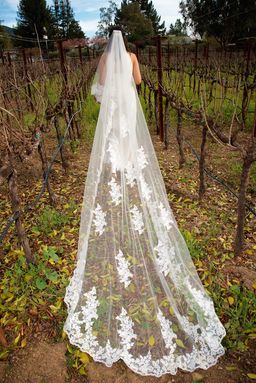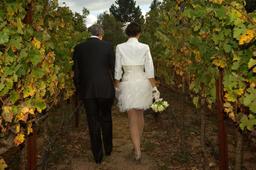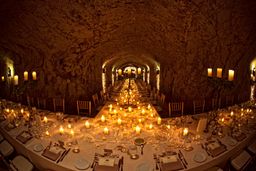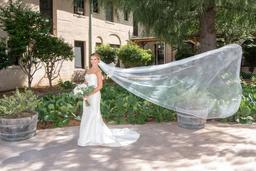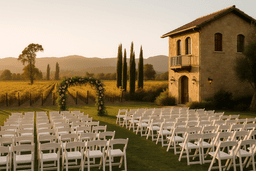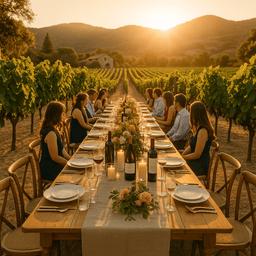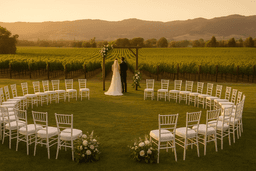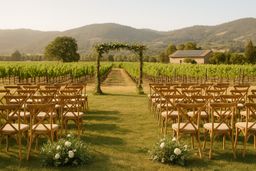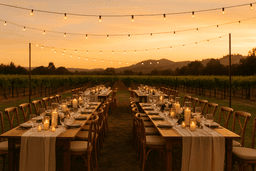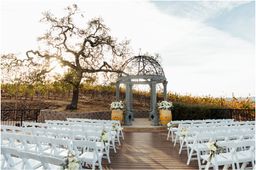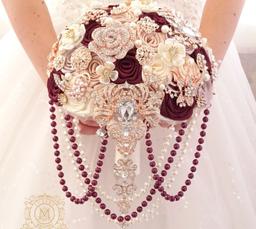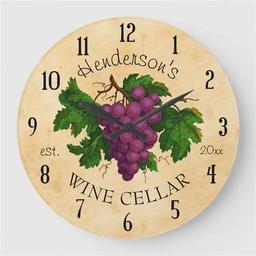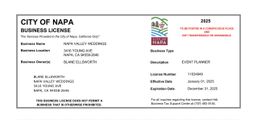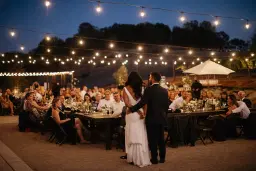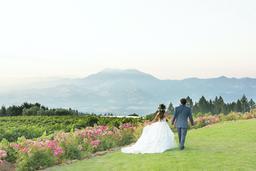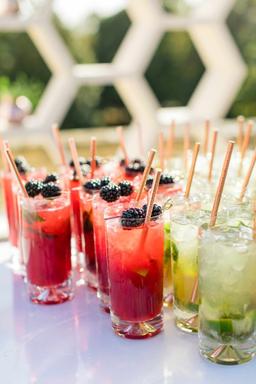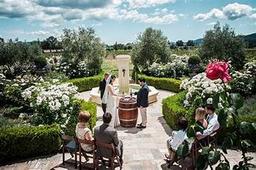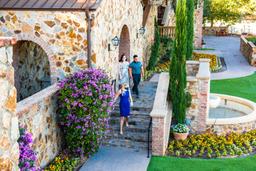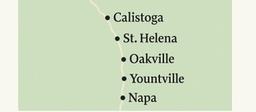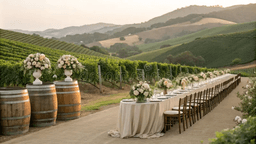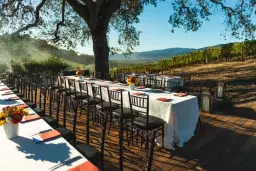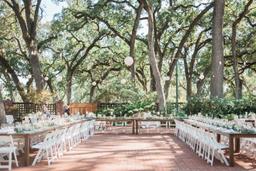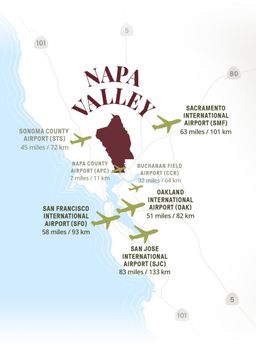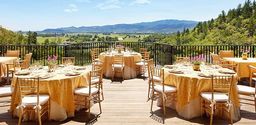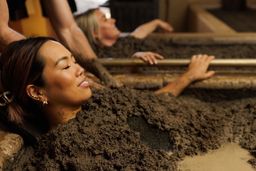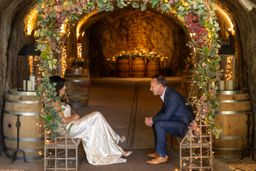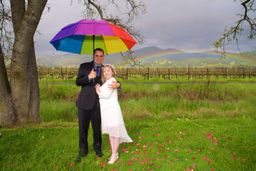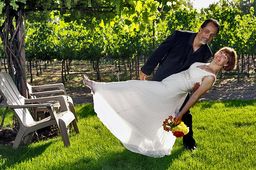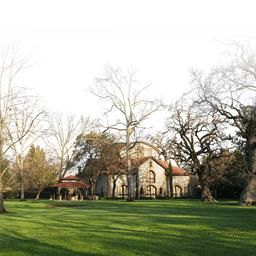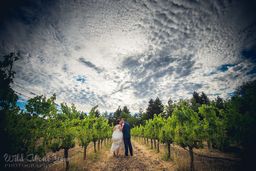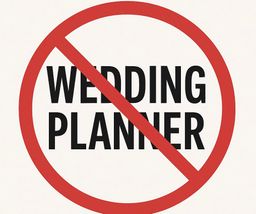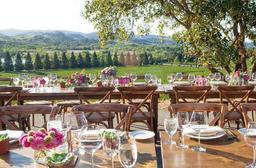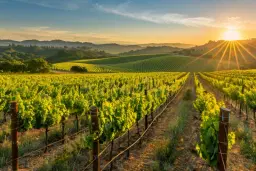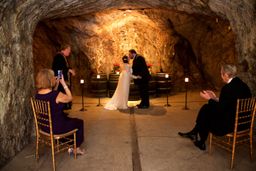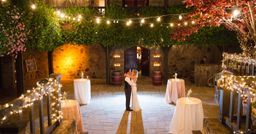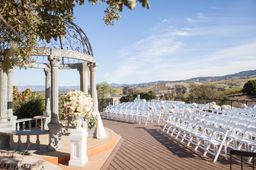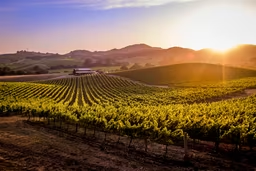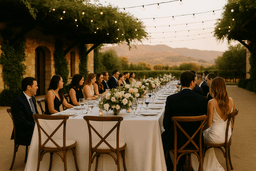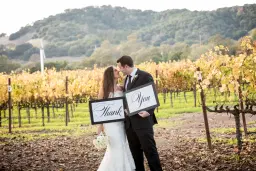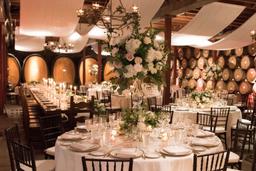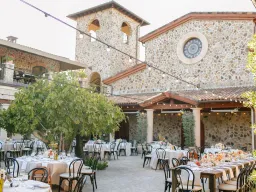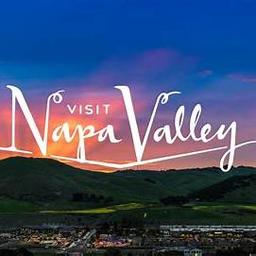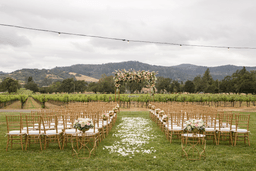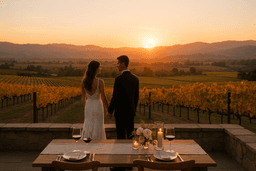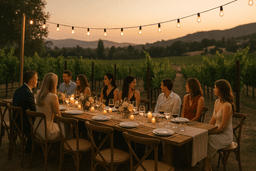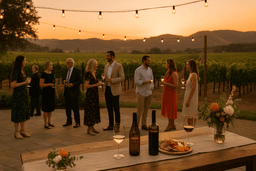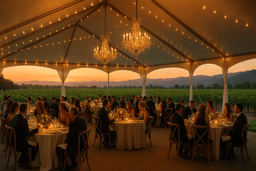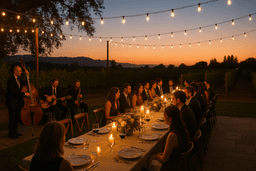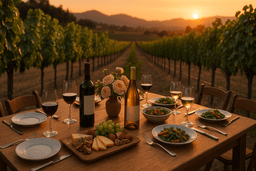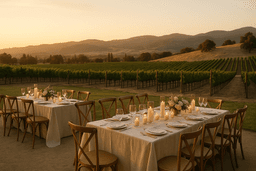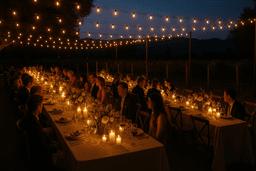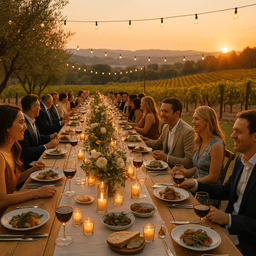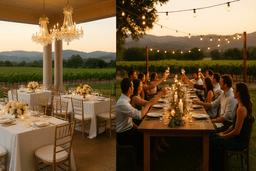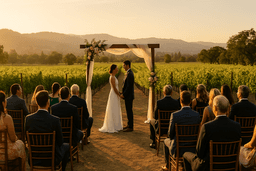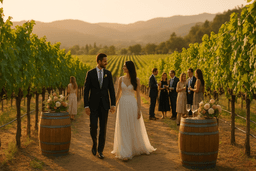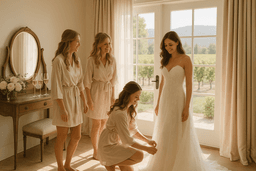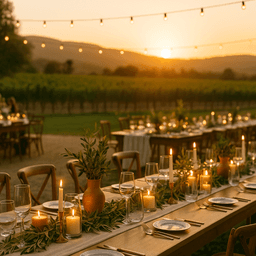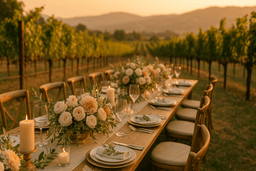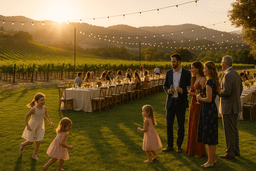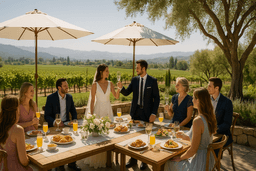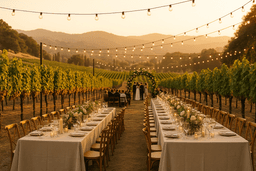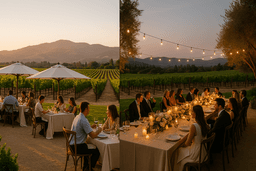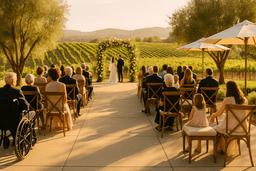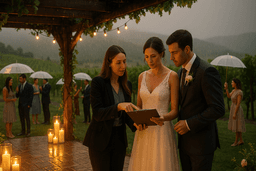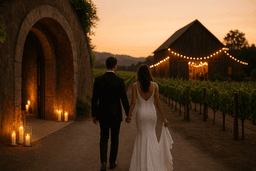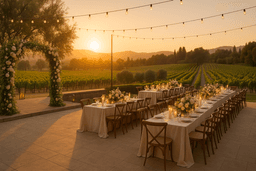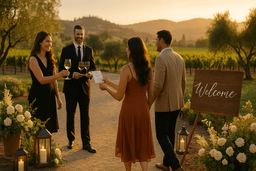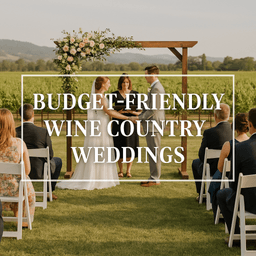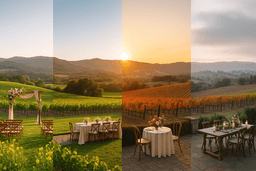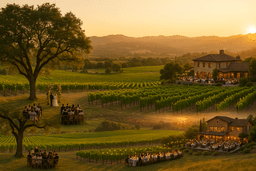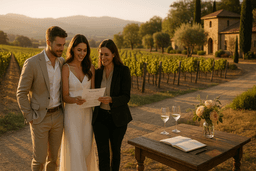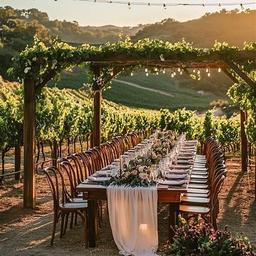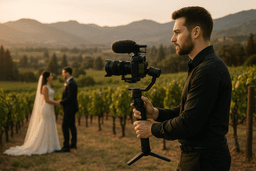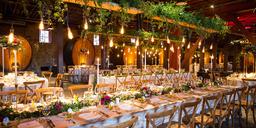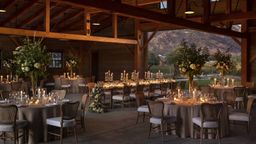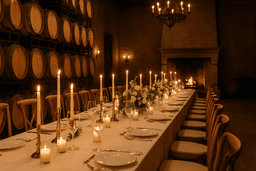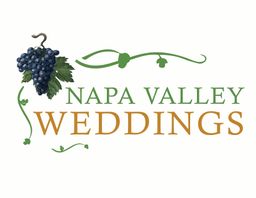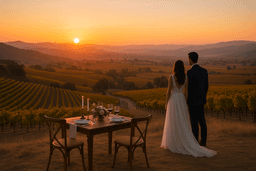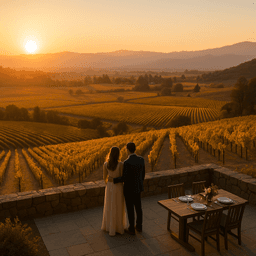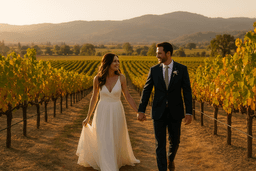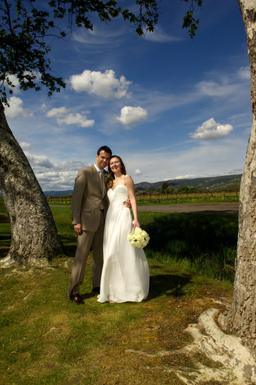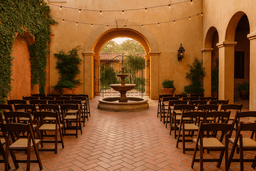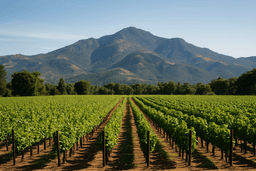Every Napa wedding is a feast for the senses — the scent of oak barrels, the glow of candlelight, and of course, the unforgettable food and wine. But before you start planning your menu, it’s essential to understand one thing every couple encounters: venue catering policies.
Whether your dream Napa wedding venue is a vineyard estate, a boutique inn, or a modern winery, most locations have specific rules about who can cater your event and how food and beverages are served. The key to success isn’t resisting these guidelines — it’s working with them beautifully.
Here’s how to make the most of your venue’s catering policies while creating a culinary experience that feels luxurious, local, and authentically wine country.
Understand the Venue’s Catering Structure
Every Napa wedding venue has its own catering model. Some offer in-house catering with full-service staff, while others require couples to choose from an approved list of preferred caterers.
The three main types you’ll encounter:
In-house catering: Provided by the venue or winery restaurant.
Exclusive catering partner: A single outside company authorized to serve there.
Preferred list of vendors: A curated list of caterers experienced with that venue’s kitchen and logistics.
Ask early if you can bring in your own caterer and what the “buyout fee” or “outside vendor fee” might be. Understanding this upfront will help you plan both your budget and your menu expectations.
Highlight Napa’s Local Ingredients
The best wine country weddings let the food speak for the region. Even if your venue has restrictions, most caterers are eager to design menus around Napa’s bounty — think heirloom tomatoes, artisan cheeses, and olive oil from nearby groves.
Why it works:
Showcases Napa’s culinary heritage.
Pairs perfectly with local wines.
Feels refined without being pretentious.
Build your menu around seasonal produce. For example, spring weddings feature asparagus and citrus; fall weddings highlight figs, squash, and wild mushrooms.
Know the Wine & Beverage Rules
In Napa wedding venues, wine is not just a beverage — it’s part of the experience. Many wineries require you to serve their own label, while others allow you to bring in outside bottles with a corkage fee.
Common policies to ask about:
Are only estate wines allowed?
Is hard liquor permitted?
Can you provide your own champagne or sparkling wine?
What’s the corkage fee per bottle?
If your venue provides its own wine, use it to your advantage. Host a tasting with your caterer and build your menu around perfect pairings — it elevates both the flavor and the experience.
Ask About Staffing, Service & Equipment
Even with great food and wine, service can make or break the experience. Confirm who is responsible for staffing, table settings, and rentals — especially if your Napa wedding is outdoors.
What to clarify:
Are tables, linens, and flatware included?
Who manages the setup and breakdown?
Are servers, bartenders, and kitchen staff included in the catering contract?
If the venue doesn’t include service staff, hire a professional catering team familiar with wine country weddings. They’ll understand the pace, style, and polish Napa couples expect.
Navigate Food Minimums and Venue Fees
Many Napa wedding venues set food-and-beverage minimums — a required spending amount that ensures exclusivity and top-level service. These are standard for high-end venues and restaurants throughout the valley.
Why it works:
Helps venues maintain consistency and quality.
Ensures staff and resources are allocated to your event.
Often includes use of the venue for a set number of hours.
Instead of trying to lower the total, think strategically. Upgrade your menu slightly or add a welcome cocktail hour to reach the minimum in a meaningful way.
Coordinate a Tasting Day
A tasting isn’t just about sampling — it’s your rehearsal for the most memorable meal of your lives. Many Napa wedding venues schedule these a few months before the event to finalize selections and wine pairings.
Why it matters:
You’ll experience presentation, flavor, and portion sizes firsthand.
It gives you a chance to adjust timing, serving order, and flow.
It builds trust with the catering team before the big day.
Invite your planner or photographer to join you. It helps coordinate the visual flow — from table settings to wine pours — ensuring every detail aligns beautifully.
Respect Napa’s Culinary Rhythm
The best wedding Napa experiences happen when couples embrace the valley’s natural pace — unhurried, elegant, and deeply connected to the land. That same philosophy applies to catering. Trust your team, savor the process, and remember that simplicity often leads to the most sophisticated results.
Limit menu choices but make them exceptional. Two entrée options executed perfectly will always feel more luxurious than five served hastily.
Final Thoughts
Every Napa wedding venue has its rhythm — a blend of artistry, respect, and celebration. By understanding and honoring your venue’s catering policies, you’ll ensure your guests experience the very best of wine country weddings — not just through taste, but through care and intention.
When food, wine, and hospitality work in harmony, your celebration becomes more than a meal — it becomes a memory of Napa itself.

